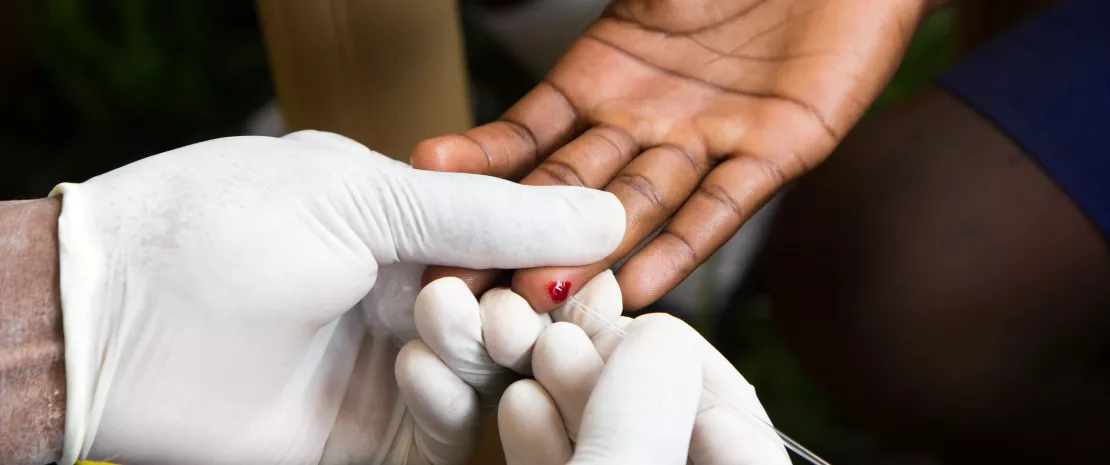The gut microbiota: a new direction for treating type 2 diabetes?
Less diverse and low on certain bacteria: telltale signs in the gut microbiota of people with type 2 diabetes. Valuable new data open up new directions for preventing and curing this scourge of global health.
- Learn all about microbiota
- Microbiota and related conditions
- Act on your microbiota
- Publications
- About the Institute
Healthcare professionals section
Find here your dedicated section
Sources
This article is based on scientific information

About this article
A leading cause of blindness, kidney failure, stroke, and amputations1, diabetes is a serious disease that happens when the pancreas does not produce enough insulin (type 1 diabetes2) or, in the majority of cases, when the body develops a resistance to the hormone (type 2 diabetes, T2D3). Faced with a fourfold rise in the number of cases over the past 40 years, with over 420 million people now affected around the world1, public authorities and international organizations are taking action to improve access to care. On November 14, every year since 1991, World Diabetes Day aims to raise awareness of the disease.
Microbiota specific to T2D...
Faced with these facts, researchers are doing everything they can to work out not only the causes of the disease, but also how to prevent it. An increasing amount of attention is being paid to the gut microbiota. And for good reason, since several studies have spotted a link between its composition and the risk of T2D. Most recently, researchers brought out the big guns and managed to assemble over 2,000 subjects (compared with just a few hundred for previous studies) to compare the microbiota of people with and without diabetes.
...with changes evident even at the early stages
The results are enlightening: T2D is less common in people whose microbiota is diverse and rich in certain bacteria able to produce a particular short-chain fatty acid (SCFA) known as
(sidenote:
SCFAs
Short Chain Fatty Acids are a source of energy (fuel) for the cells of the individual. They interact with the immune system and are involved in the communication between the intestine and the brain.
Sources:
Silva YP, Bernardi A, Frozza RL. The Role of Short-Chain Fatty Acids From Gut Microbiota in Gut-Brain Communication. Front Endocrinol (Lausanne). 2020;11:25.
)
, which is beneficial for metabolism and cell activity, and has anti-inflammatory properties. But the researchers went further still and demonstrated, for the first time, that these people are also less affected by
(sidenote:
Insulin-resistance
An altered response of cells to the action of insulin (a hormone that helps the body use sugar for energy), insulin resistance results in poor regulation of blood sugar levels.
Sources
Inserm. La résistance à l’insuline, une histoire de communication. 2018.
Centers for disease control and prevention. Diabetes - Resources and Publications -Glossary
)
, a phenomenon that appears very early on in the development of T2D. The bottom line? There are telltale signs in the microbiota even at the very early stages of development of the disease.
These results are very promising and provide a new insight into our understanding of the factors involved in the pathogenesis of diabetes. Better still, they could pave the way for new targeted treatments for the rising number of patients.
- OMS. Diabète. 13 avril 2021.
- Centers for disease control and prevention. What is Diabetes - Type 1 Diabetes _ November 16, 2021. https://www.cdc.gov/diabetes/basics/type1.html
- Centers for disease control and prevention. Wh at is Diabetes - Type 2 Diabetes. November 16, 2021. https://www.cdc.gov/diabetes/basics/type2.html










